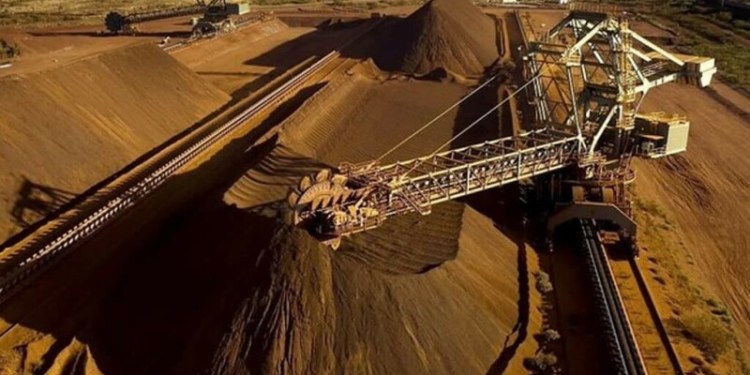By Ryan Woo and Lusha Zhang
BEIJING (Reuters) – China’s push to stoke spending in the sluggish retail sector began on Friday with Beijing households given subsidies to buy electrical appliances, in the first of what is expected to be a barrage of incentives to revive private consumption.
The National Development and Reform Commission (NDRC), China’s state planner, on Tuesday unveiled a raft of measures to boost consumption of goods ranging from eco-friendly appliances to big-ticket items such as cars, the sales of which have plunged in recent months.
State media on Wednesday announced the incentives that give Beijing households subsidies of up to $120 every time they purchase a television or refrigerator. The subsidy program will last three years. It covers 15 categories of appliances, with the condition that they must be energy-saving.
No details were provided on the program’s full scope or whether other cities would unveil similar incentives.
Shares of major appliance makers Gree Electric Appliances and Midea Group have risen 4.8 percent and 5.6 percent, respectively, since the NDRC’s Tuesday announcement, outperforming a 2.9 percent gain for the blue-chip stock index.
At a GOME outlet in downtown Beijing on Friday, a media executive visited the home appliance store determined to take advantage of the subsidies.
“We came here yesterday, and the salesman told us that the subsidies would take effect today. So we came back,” said the 35-year-old shopper who declined to give her name as she paid for a refrigerator.
Beijing is trying to fire up growth engines, with the world’s second-biggest economy expected to further slow in 2019. In addition to subsidies designed to boost retail sales growth – which sank to a 15-year low last year – other stimulus steps include easier monetary policy to encourage bank lending and tax cuts.
WANTED: LOOSER PURSE-STRINGS
The challenge for policymakers is convincing consumers to loosen their purse-strings in a slowdown, which has prompted concerns among policymakers about jobs.
Gross domestic product grew 6.6 percent last year, its slowest pace in 28 years. In line with the softer economy, per capita disposable income rose 6.5 percent, compared with 7.3 percent in 2017.
Mao Shengyong, spokesman at the National Bureau of Statistics (NBS), said per capita disposable income growth was “not bad”, and that the smaller gain last year did not mean a new trend had begun.
“If we view this in per capita terms, it’s even faster than the GDP growth. It is in line with our target,” said Mao, when asked by Reuters if the income growth slowdown was a cause for concern.
Per capita GDP grew 6.1 percent in real terms last year.
Nie Wen, an economist at Hwabao Trust in Shanghai, expects household income growth to continue easing this year as falling corporate profits curb salary increases.
The slowing in income gains came as the cost of living, particularly for housing, continued to rise while household indebtedness ticked higher, mainly due to mounting mortgage loans amid lofty property prices.
“And with employment not optimistic, people have less confidence in future spending, which we can see from the dim auto sales data,” Nie said, referring to news that the world’s largest car market last year shrank for the first time since the 1990s.
The NDRC recently promised to push out “appropriate” subsidies for purchases of new energy vehicles, without giving details. In the past, China had offered subsidies on car purchases in rural markets and slashed car-related taxes.
With domestic demand a pillar of the economy, policymakers are also expected to further increase support for service and activities such as education, culture, sports and entertainment.
($1 = 6.7278 )
Source: Investing.com


























